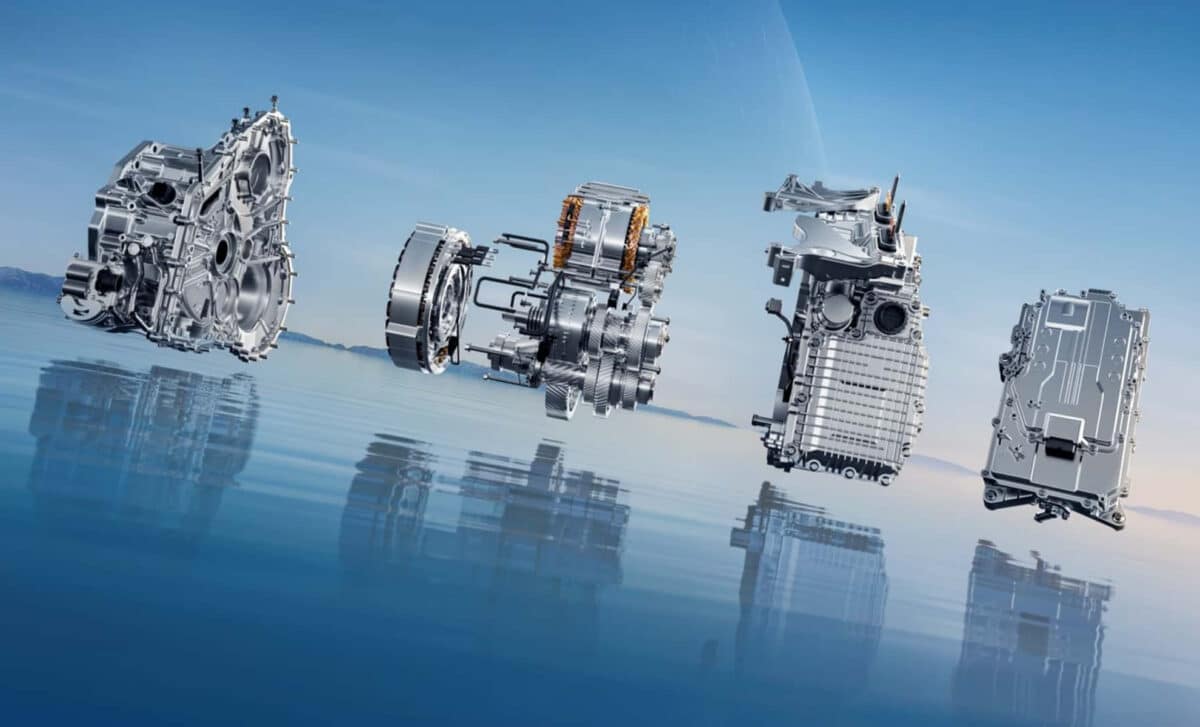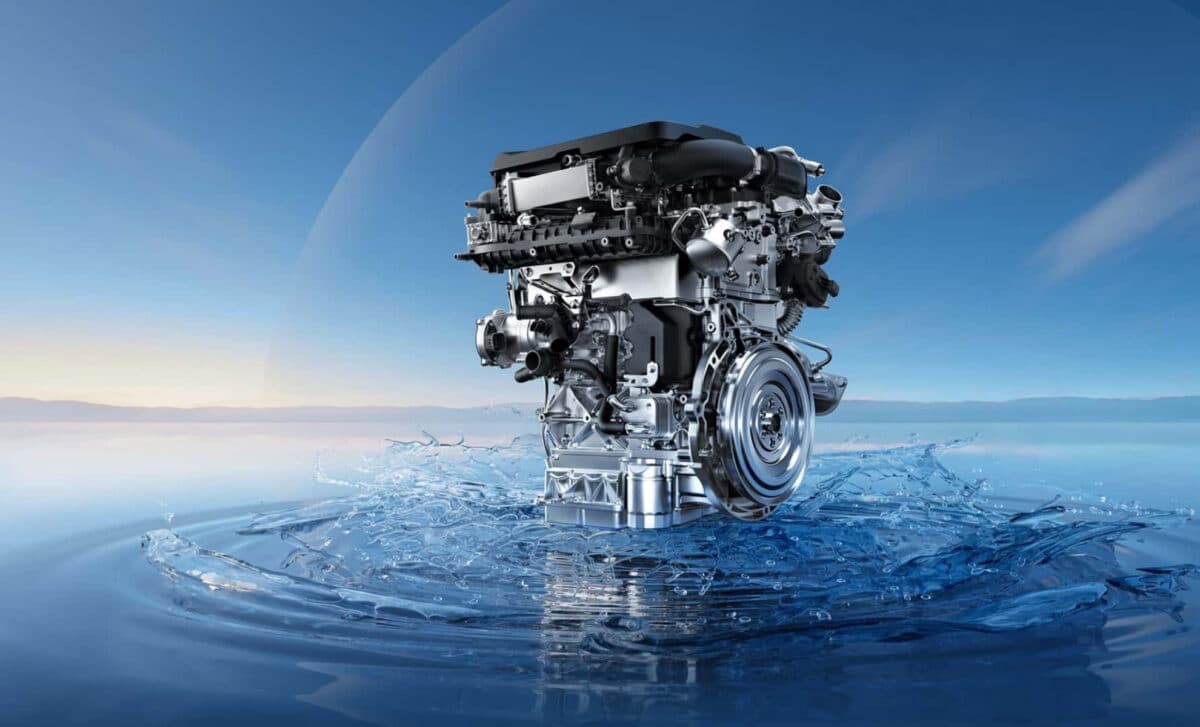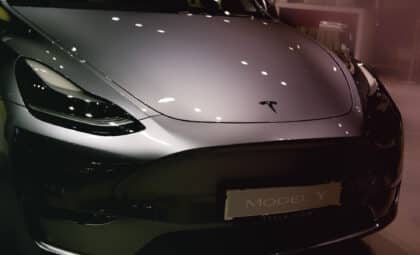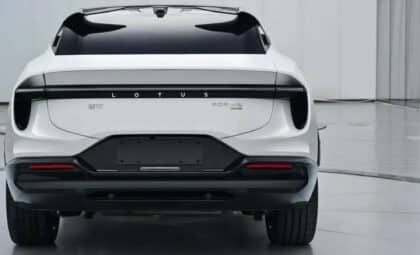The announcement was made at the 2025 International User Summit, alongside a suite of hybrid technologies poised to support the group’s long-term electrification roadmap.
Although electrification remains a core priority for Chery Group, this launch demonstrates that traditional combustion engines still have room for major gains. The brand sees hybrids not as a compromise, but as a practical tool in the global shift toward lower emissions, especially in regions where electric infrastructure is still catching up.
The company’s approach aligns with a growing trend: squeezing more efficiency out of every drop of fuel while offering the flexibility of hybrid technology. That balance between innovation and pragmatism is what underpins the new direction presented at the summit.
New Benchmarks in Thermal Performance
The new engine’s standout feature—its 48% thermal efficiency—places it well above the industry norm of 38% to 45%, according Motor1. This means nearly half of the fuel’s energy is converted directly into motion, minimizing waste and lowering emissions. In practical terms, each 1% increase in efficiency corresponds to roughly a 2.5% reduction in fuel consumption, which compounds quickly in fleet-scale deployment.
Several innovations contribute to this performance. A key factor is the ultra-high compression ratio of 26:1, far beyond conventional gasoline engine standards. Supporting that is a triple-link hyperbolic mechanism that enhances piston dynamics for more consistent combustion. To further limit energy losses, the engine incorporates 35% exhaust gas recirculation (EGR) and thermal insulation coatings, both designed to retain heat and improve combustion efficiency.
This suite of technologies points toward a new design philosophy where hybrid systems aren’t just stopgaps—they’re engineered for longevity, adaptability, and scale.

Super Hybrid System With Real-World Credentials
This engine is at the heart of Omoda & Jaecoo’s Super Hybrid System (SHS), a modular platform designed for urban and long-distance driving. The SHS pairs the 1.5 TDGI engine with two electric motors and a DHT (Dedicated Hybrid Transmission). Together, they deliver a combined thermal efficiency of 44.5%, one of the highest recorded in a series-production hybrid setup.
Real-world efficiency metrics underscore the system’s performance. According to figures presented at the 2025 summit, the SHS achieves fuel consumption as low as 6 liters per 100 kilometers. It also provides 56 miles (90 kilometers) of pure electric range, giving drivers the flexibility to switch between power sources seamlessly.
Safety and durability have been prioritized as well. The hybrid battery is engineered to withstand extreme heat, shocks, and water immersion, and is equipped with a collision-response system that disconnects power within 2 milliseconds of impact—an added layer of protection for both passengers and first responders.
Flexibility for a Segmented Global Market
Despite being best known in Europe for its electric vehicle portfolio, Chery Group is signaling that the future isn’t singular. The company’s investment in both EV and hybrid technologies reflects a multi-track energy strategy tailored to regional infrastructure, regulation, and consumer behavior.
During the summit, Omoda & Jaecoo highlighted that hybrids will likely remain the most globally viable path to reducing emissions in the near term. This is especially true in markets where charging infrastructure is underdeveloped or unreliable. Features like Vehicle-to-Load (V2L) support—allowing users to power external electronics up to 3.3 kilowatts—add to the hybrid platform’s utility beyond driving.









